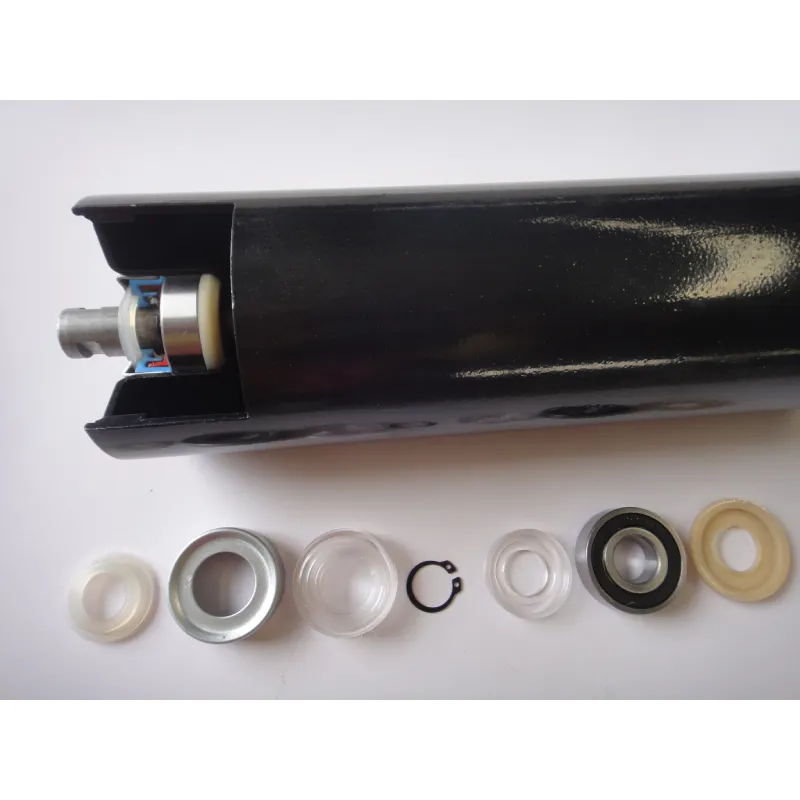 Afrikaans
Afrikaans  Albanian
Albanian  Amharic
Amharic  Arabic
Arabic  Armenian
Armenian  Azerbaijani
Azerbaijani  Basque
Basque  Belarusian
Belarusian  Bengali
Bengali  Bosnian
Bosnian  Bulgarian
Bulgarian  Catalan
Catalan  Cebuano
Cebuano  Corsican
Corsican  Croatian
Croatian  Czech
Czech  Danish
Danish  Dutch
Dutch  English
English  Esperanto
Esperanto  Estonian
Estonian  Finnish
Finnish  French
French  Frisian
Frisian  Galician
Galician  Georgian
Georgian  German
German  Greek
Greek  Gujarati
Gujarati  Haitian Creole
Haitian Creole  hausa
hausa  hawaiian
hawaiian  Hebrew
Hebrew  Hindi
Hindi  Miao
Miao  Hungarian
Hungarian  Icelandic
Icelandic  igbo
igbo  Indonesian
Indonesian  irish
irish  Italian
Italian  Japanese
Japanese  Javanese
Javanese  Kannada
Kannada  kazakh
kazakh  Khmer
Khmer  Rwandese
Rwandese  Korean
Korean  Kurdish
Kurdish  Kyrgyz
Kyrgyz  Lao
Lao  Latin
Latin  Latvian
Latvian  Lithuanian
Lithuanian  Luxembourgish
Luxembourgish  Macedonian
Macedonian  Malgashi
Malgashi  Malay
Malay  Malayalam
Malayalam  Maltese
Maltese  Maori
Maori  Marathi
Marathi  Mongolian
Mongolian  Myanmar
Myanmar  Nepali
Nepali  Norwegian
Norwegian  Norwegian
Norwegian  Occitan
Occitan  Pashto
Pashto  Persian
Persian  Polish
Polish  Portuguese
Portuguese  Punjabi
Punjabi  Romanian
Romanian  Russian
Russian  Samoan
Samoan  Scottish Gaelic
Scottish Gaelic  Serbian
Serbian  Sesotho
Sesotho  Shona
Shona  Sindhi
Sindhi  Sinhala
Sinhala  Slovak
Slovak  Slovenian
Slovenian  Somali
Somali  Spanish
Spanish  Sundanese
Sundanese  Swahili
Swahili  Swedish
Swedish  Tagalog
Tagalog  Tajik
Tajik  Tamil
Tamil  Tatar
Tatar  Telugu
Telugu  Thai
Thai  Turkish
Turkish  Turkmen
Turkmen  Ukrainian
Ukrainian  Urdu
Urdu  Uighur
Uighur  Uzbek
Uzbek  Vietnamese
Vietnamese  Welsh
Welsh  Bantu
Bantu  Yiddish
Yiddish  Yoruba
Yoruba  Zulu
Zulu Types of Conveyor Pulley Systems and Their Applications in Material Handling
Types of Pulleys in Conveyor Systems
Conveyor systems play a crucial role in modern industries, streamlining the movement of materials and goods across various manufacturing and distribution processes. At the core of these systems are pulleys, which are essential components that facilitate the smooth operation and effective transportation of materials. Understanding the different types of pulleys used in conveyor systems can provide insights into their functionality and applications.
1. Drive Pulleys
Drive pulleys, also known as head pulleys, are typically located at the discharge end of the conveyor belt system. They are connected to a motor that provides the necessary power to drive the belt. The drive pulley plays a pivotal role in initiating the movement of the belt, thereby transporting materials from one point to another. These pulleys usually have a larger diameter to ensure sufficient traction with the conveyor belt, which minimizes slippage and enhances the overall efficiency of the system.
2. Idler Pulleys
Idler pulleys are utilized to support and guide the conveyor belt, ensuring it remains on the correct path as it moves. These pulleys do not provide any drive power; instead, they serve a critical role in maintaining tension and alignment throughout the conveyor system. Idler pulleys come in various designs, including flat and crowned styles, which help manage belt tracking and reduce wear on the belt itself. Properly placed idler pulleys can significantly extend the life of the conveyor system and improve its functionality.
types of pulley in conveyor

Return pulleys, also known as tail pulleys, are located at the end of the conveyor where the belt returns to the drive pulley. The purpose of return pulleys is to guide the conveyor belt back to the start of the cycle and reintroduce it into the system. These pulleys help maintain the belt's operational direction, providing stability and reducing the risk of belt misalignment, which can lead to increased wear and potential system failures.
4. Take-Up Pulleys
Take-up pulleys play a vital role in maintaining the appropriate tension in the conveyor belt. They are typically located at the tail end of the conveyor system and can be adjustable to accommodate changes in belt length due to stretching or wearing over time. Proper tension is crucial to avoid excessive wear on both pulleys and the conveyor belt, reducing the likelihood of breakdowns and costly downtime. Take-up pulleys ensure optimal performance of the system by allowing for adjustments when necessary.
5. Snub Pulleys
Snub pulleys are used to change the direction of the conveyor belt and increase the wrap around the drive pulley to enhance friction and traction. These pulleys are often smaller in diameter and placed strategically to optimize the belt’s contact with the drive pulley. By ensuring a firm grip of the belt around the drive pulley, snub pulleys play an essential role in improving the efficiency of the conveyor system.
Conclusion
In conclusion, the various types of pulleys in conveyor systems are integral to the effective operation of material handling. From drive pulleys that provide the necessary motion to idler, return, take-up, and snub pulleys that maintain tension, guidance, and stability, each type contributes to the system's overall functionality. Understanding these components allows industries to optimize their conveyor systems, leading to improved productivity and reduced maintenance costs. As technology advances and industries evolve, the design and application of pulleys will continue to play a significant role in the enhancement of conveyor system efficiency and reliability.
-
Revolutionizing Conveyor Reliability with Advanced Rubber Lagging PulleysNewsJul.22,2025
-
Powering Precision and Durability with Expert Manufacturers of Conveyor ComponentsNewsJul.22,2025
-
Optimizing Conveyor Systems with Advanced Conveyor AccessoriesNewsJul.22,2025
-
Maximize Conveyor Efficiency with Quality Conveyor Idler PulleysNewsJul.22,2025
-
Future-Proof Your Conveyor System with High-Performance Polyurethane RollerNewsJul.22,2025
-
Driving Efficiency Forward with Quality Idlers and RollersNewsJul.22,2025





























